Taxila Museum History| Taxila Museum Trip
Taxila is one of the oldest and most important historical sites in Pakistan. The museums of this place are famous for their depth in history, architecture and art. The museum covers various aspects archaeology, history and culture. To know about everything related to Taxila Museum. Taxila will be a delight for archaeology lovers and historians. Famously, Taxila declared a UNESCO World Heritage Site for Pakistan in 1980. This recognition is due to Sir Alexander Cunningham. Who discovered the remains of Taxila around the mid-19th Century. This city was a significant seat in the Gandhara Kingdom from 1000 BC to 1000 AD. It is essential to visit the Taxila Museum when you’re exploring Taxila’s history and culture. Below is a guide detailing what awaits you in the Taxila Museum. How to get there and the history of Taxila Museum.
How to reach Taxila Museum?
Location Of Taxila Museum
The Archaeological Museum of Taxila (N-125) is just five minutes from Bhir Mound. And Bhir Mound was one of three important cities in this area during ancient times. The road is commercially populated. With hotels, banks, shops, and petrol pumps. That’s are lining the side opposite the old town. Taxila can be reached by road. If you reside in Punjab. If you don’t have the option of driving, the only way to get to Bhir Mound’s ruins and the Archaeological Museum of Taxila is by train. Taxila is only five minutes drive from the station.
Buddha Statue in Taxila Museum
Most of the stone statues dating back from the 1st and 3rd centuries AD. These are display in the main gallery. Gautama Buddha, who is considered to be the founder of Buddhism. Holds the most significant number of statues. However, there are also statues of Hindu and Greek Gods among the relics discovered in the area.
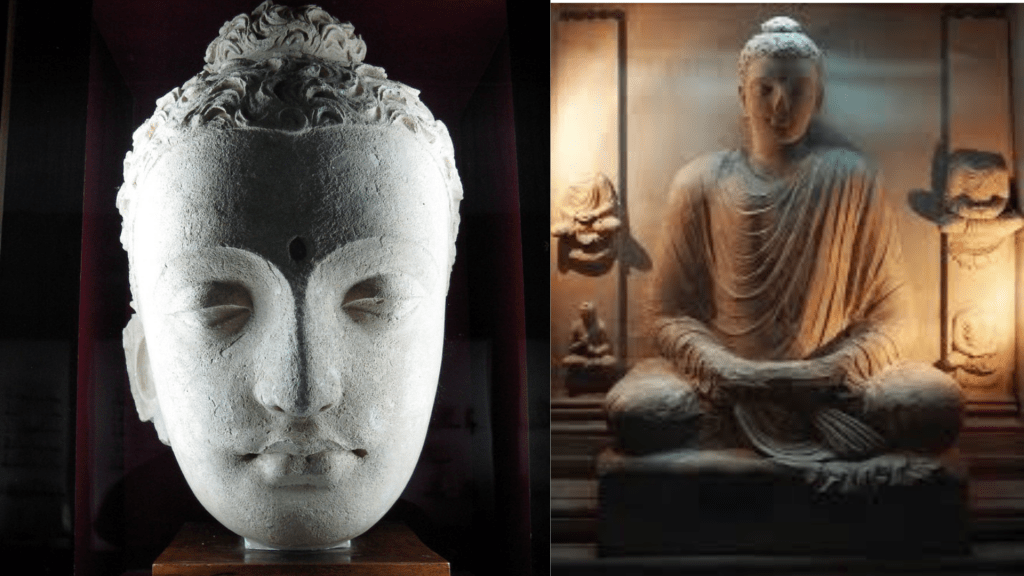
The Ancient Coins
The ancient coins used metals such as silver, gold, and copper. The Taxila Museum has an extensive collection of old coins dating back to the Moriya era in the 4th-6th century BC. The group also includes Indo-Greek and Parthian coins from the 1st through 2nd century BC. It also contains preserved coinage from the Scythian (or White Huns), Kushans, Sasanians, Kidara Kushans, and Hephthalites dynasties from 90 BC until the 5thcentury AD.
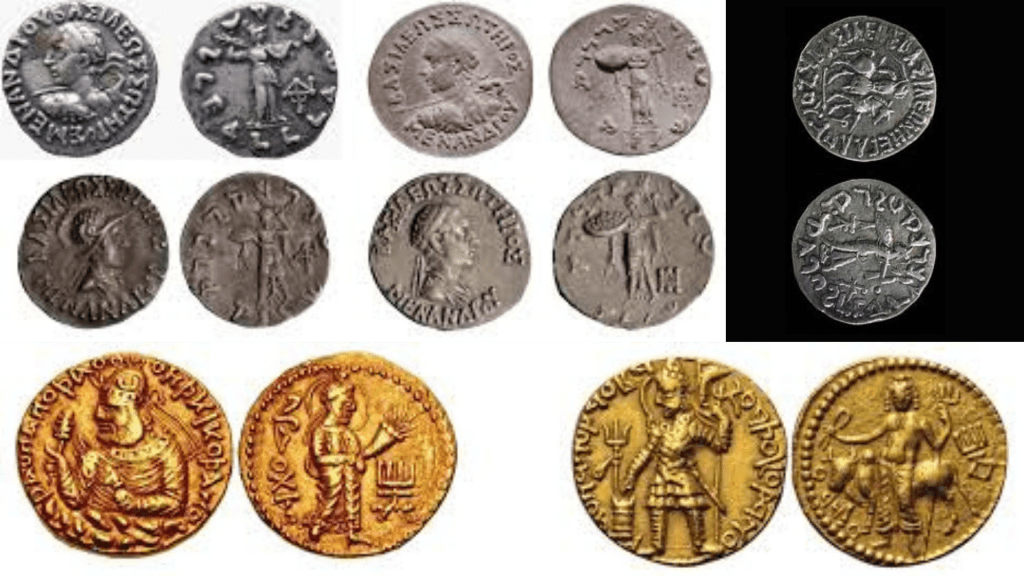
Taxila Museum’s Jewelry
The museum’s jewelry room contains a wide range of necklaces. It also houses pendants, rings, and belts. Bracelets. Bangles. Anklets. Many pieces have a Greco-Roman influence on the Civilization which once existed in Taxila.
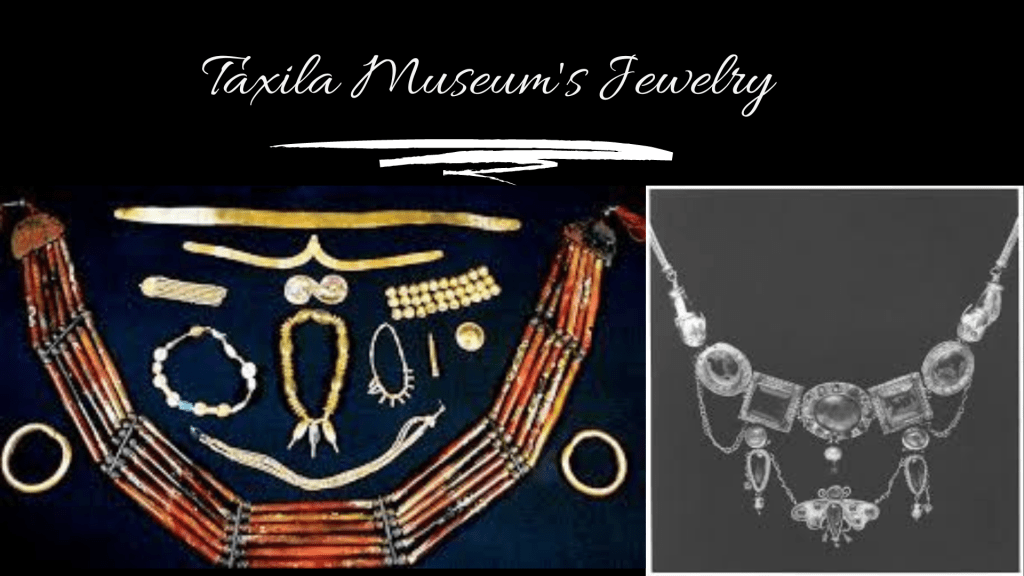
Fine Craft
Taxila’s ruins are several millennia old and include ivory-colored combs and copper-colored mirrors. And metal used in ancient times to create cookware. Such as pots and goblets, jugs or dishes, cups, pans, spoons, and ladles. Three primary metals used. Many of these artifacts show fine craft.

Kharoshthi The Official Gandhara Script
Taxila’s excavations have revealed writings, inscriptions, and other evidence that dates back to the 3rd-5th centuries AD. Brahmi, Aramaic, and Kharoshthi are all three major ancient scripts displayed, with Kharoshthi the official Gandhara script. During excavations, archaeologists found inkpots from clay, stones, and copper. They also found writing tablets. All of these are proudly displayed at this museum.
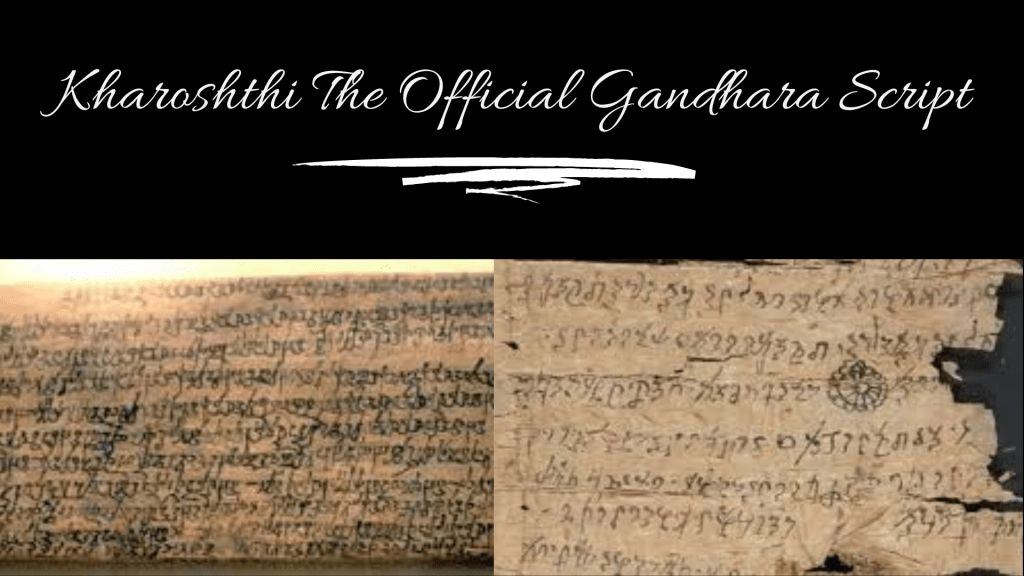
Ancient Light Tools
Taxila’s excavations brought ancient light tools. The most exciting tools in this collection are those used by farmers, surgeons, potters, goldsmiths, and potters of bygone eras.
Pottery is a significant part of the museum’s collection. This includes storage containers, flasks (jugs), bowls or cooking pots, goblets, and water vessels. Many of these items are very well preserved, despite their age. This is a testament to how strong earthen vessels can become.
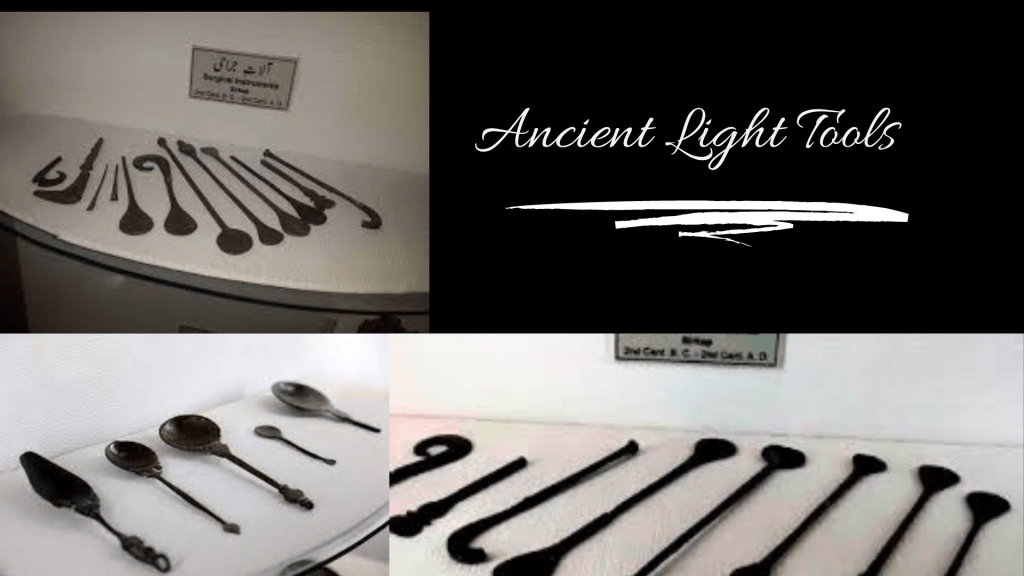
Weapons
Taxila went through many changes over the centuries. New rulers conquered it and brought their armies. Due to the constant changes, several wars were fought here, and all the invaders left their marks on the land. Archaeologists found artifacts of every age, as well as weapons like spearheads.
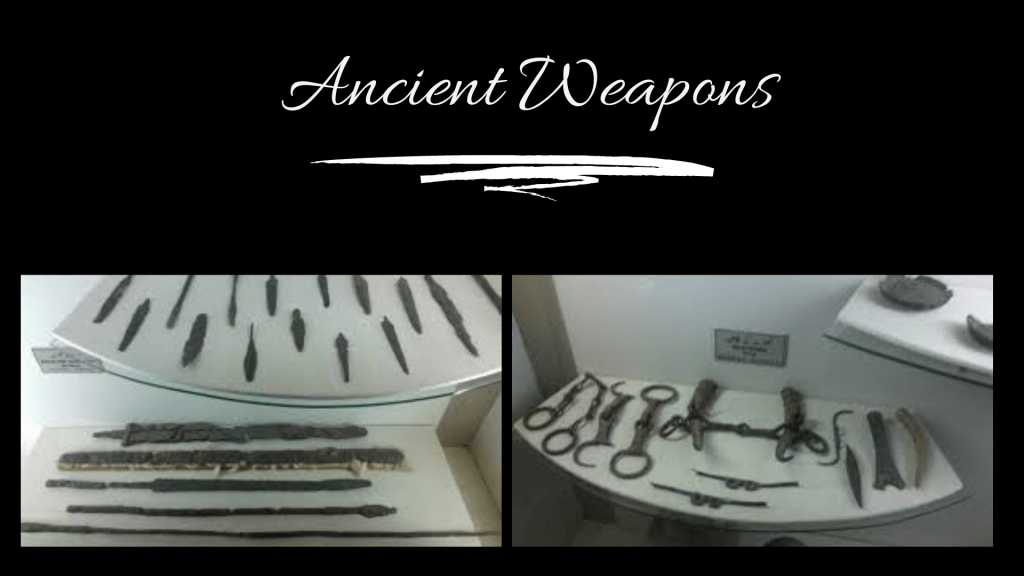
Ticket Price Of Taxila Museum
Ticket price for local person is 20PKR.
And for foreigner’s is 500PKR.

